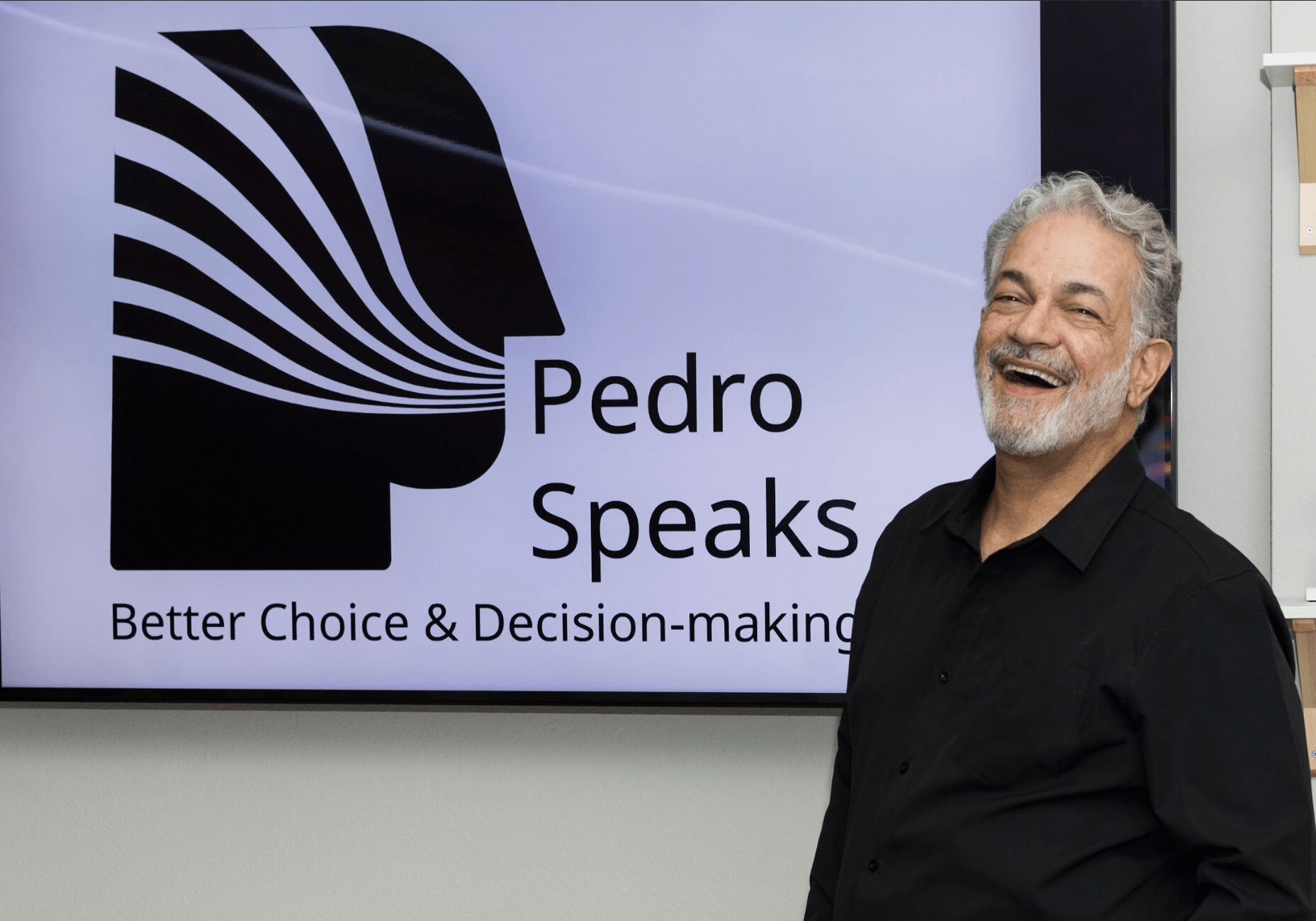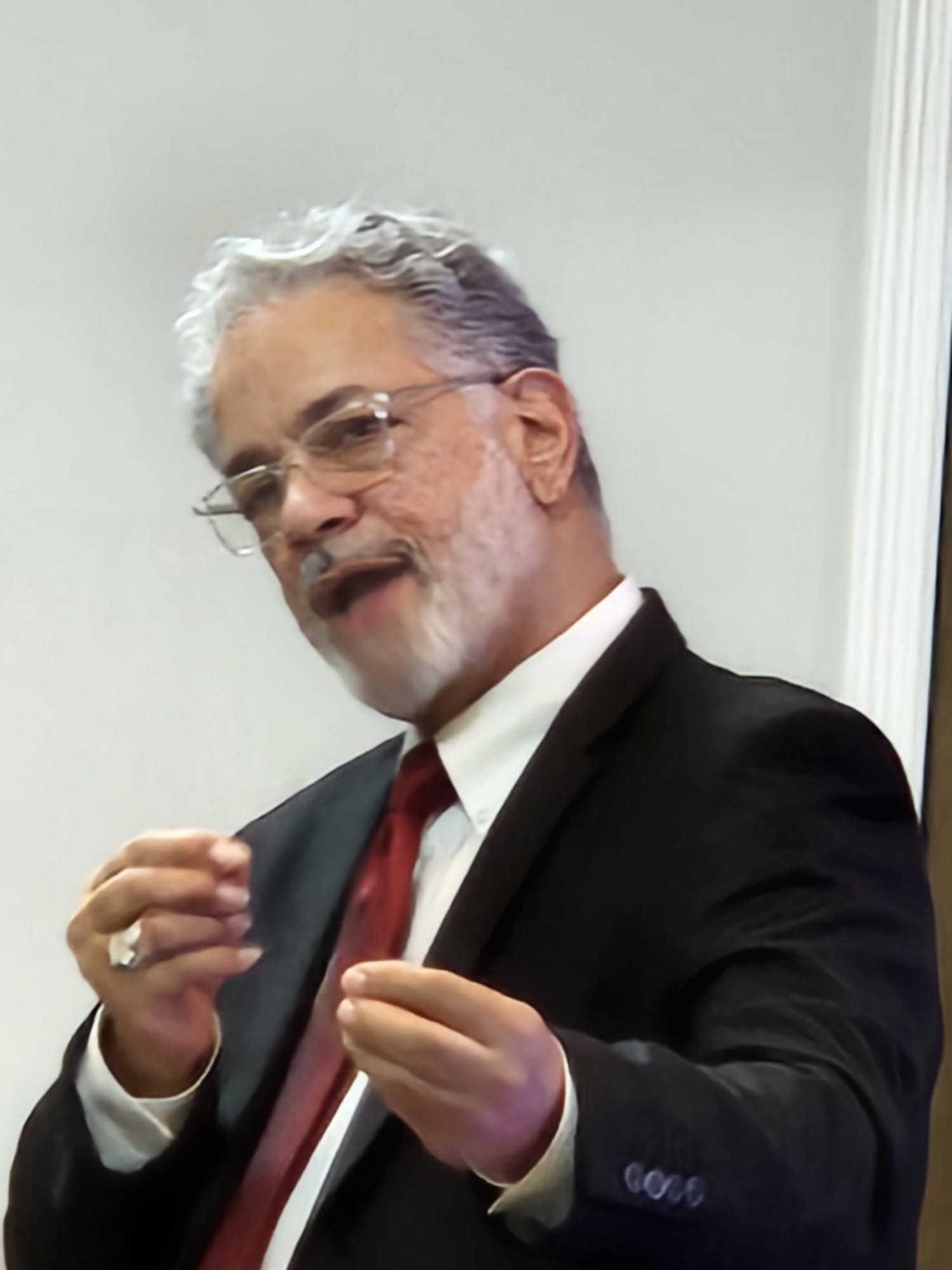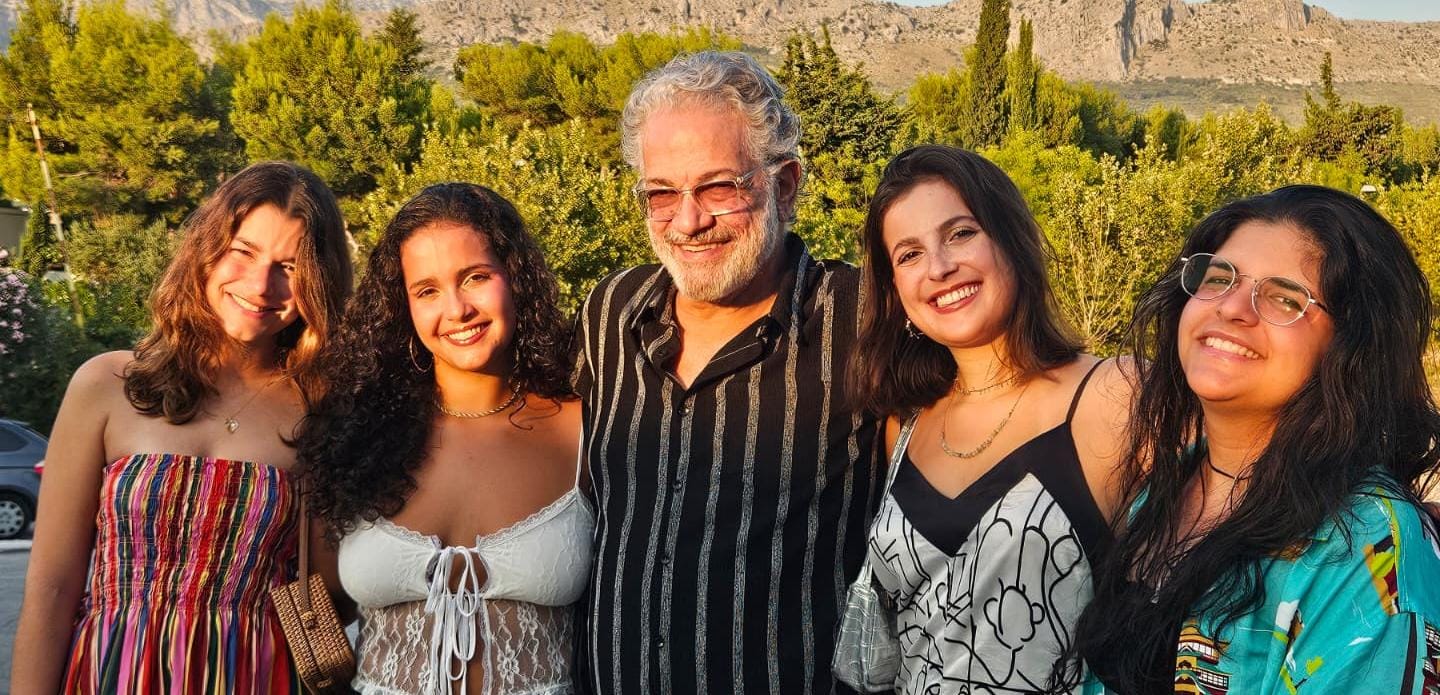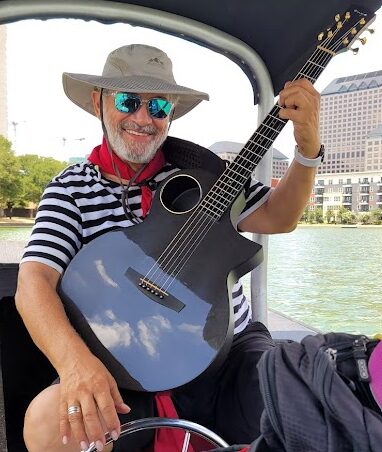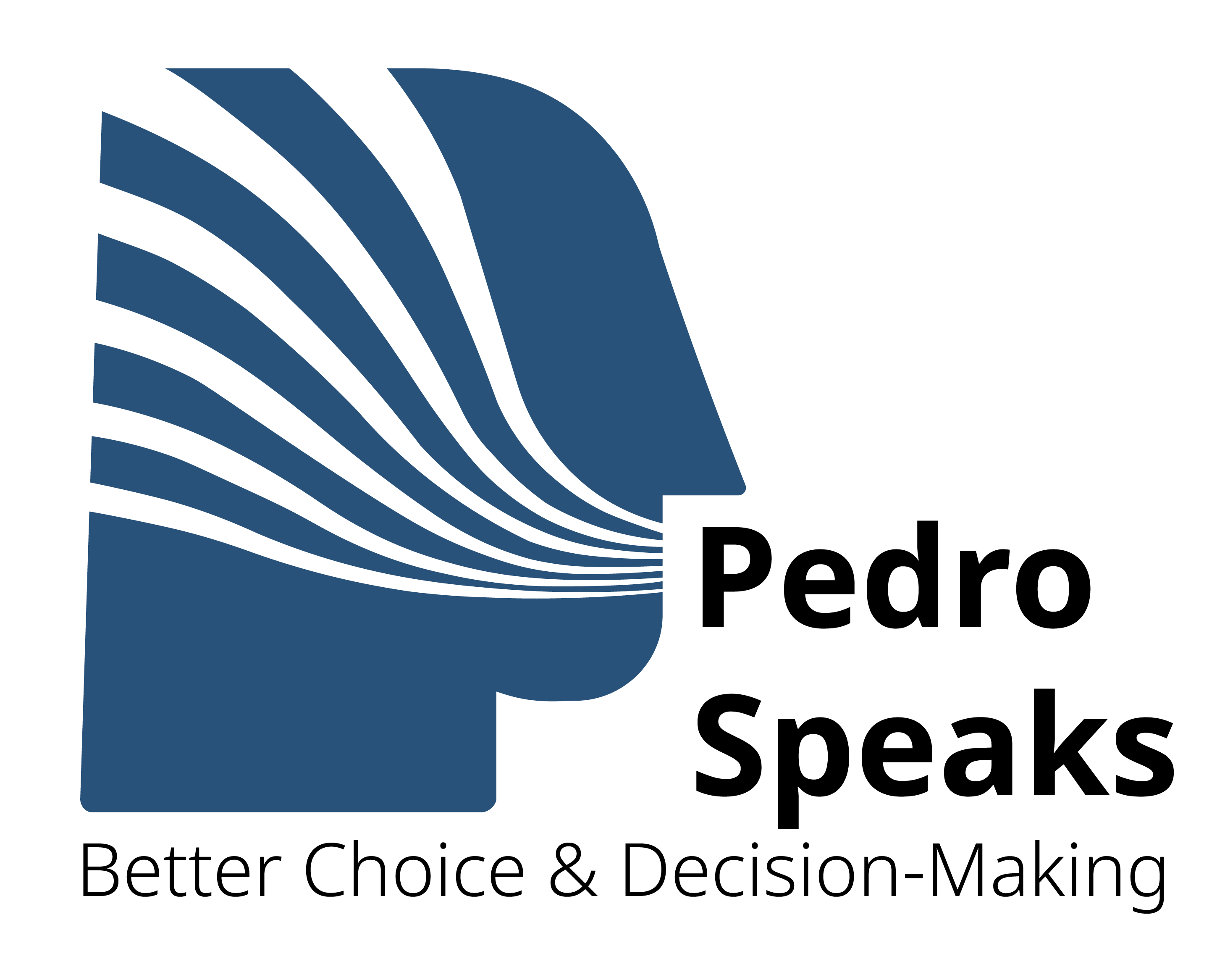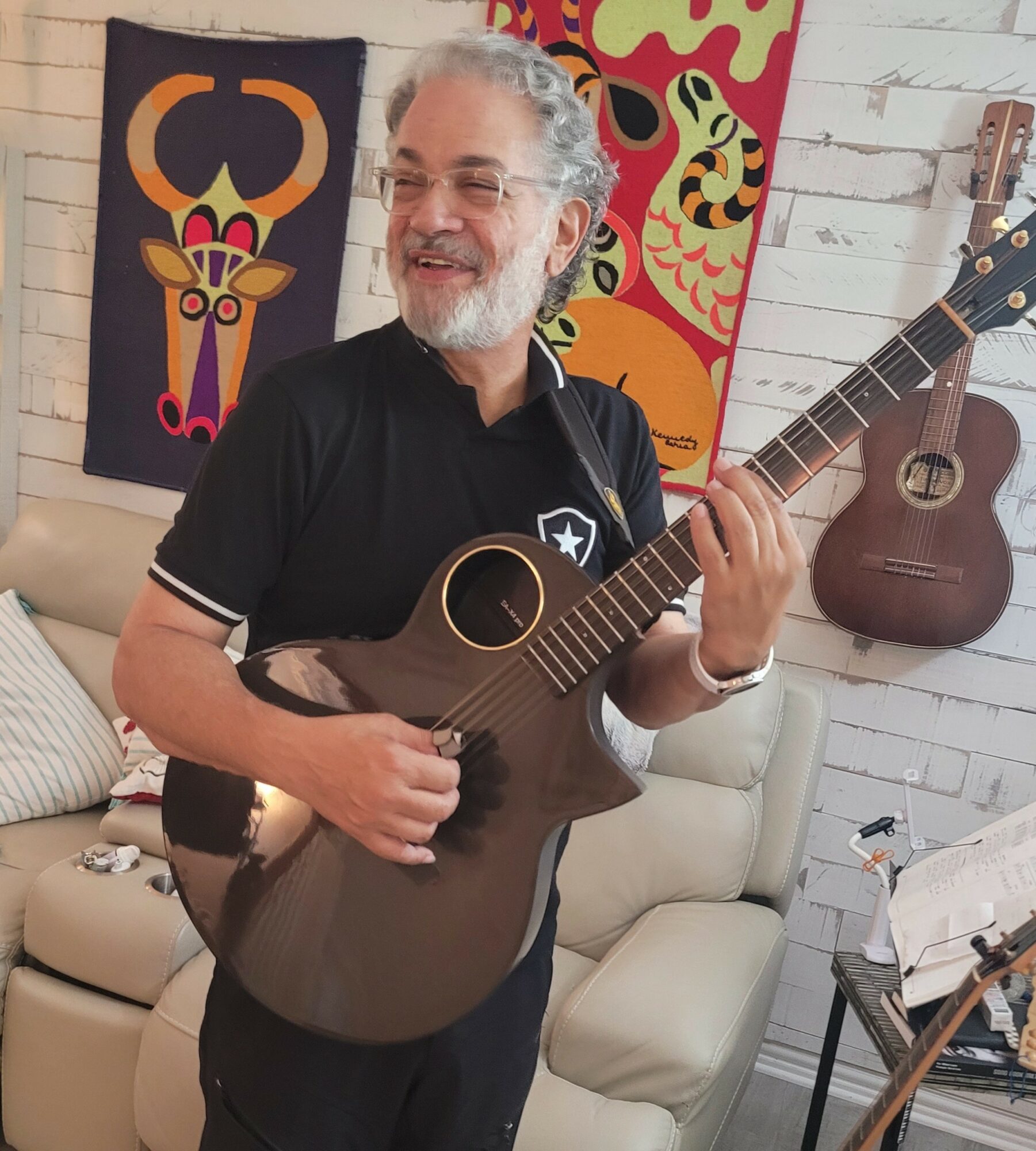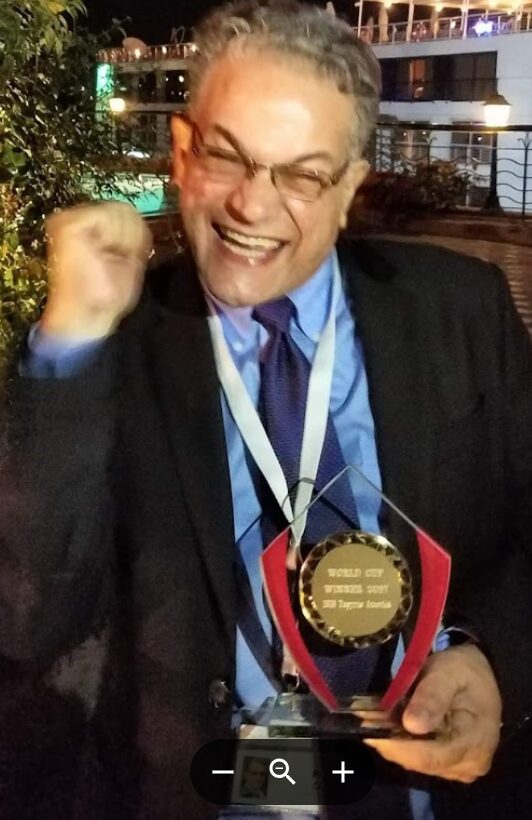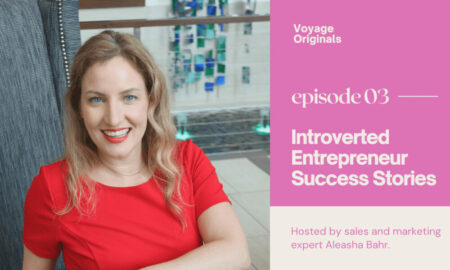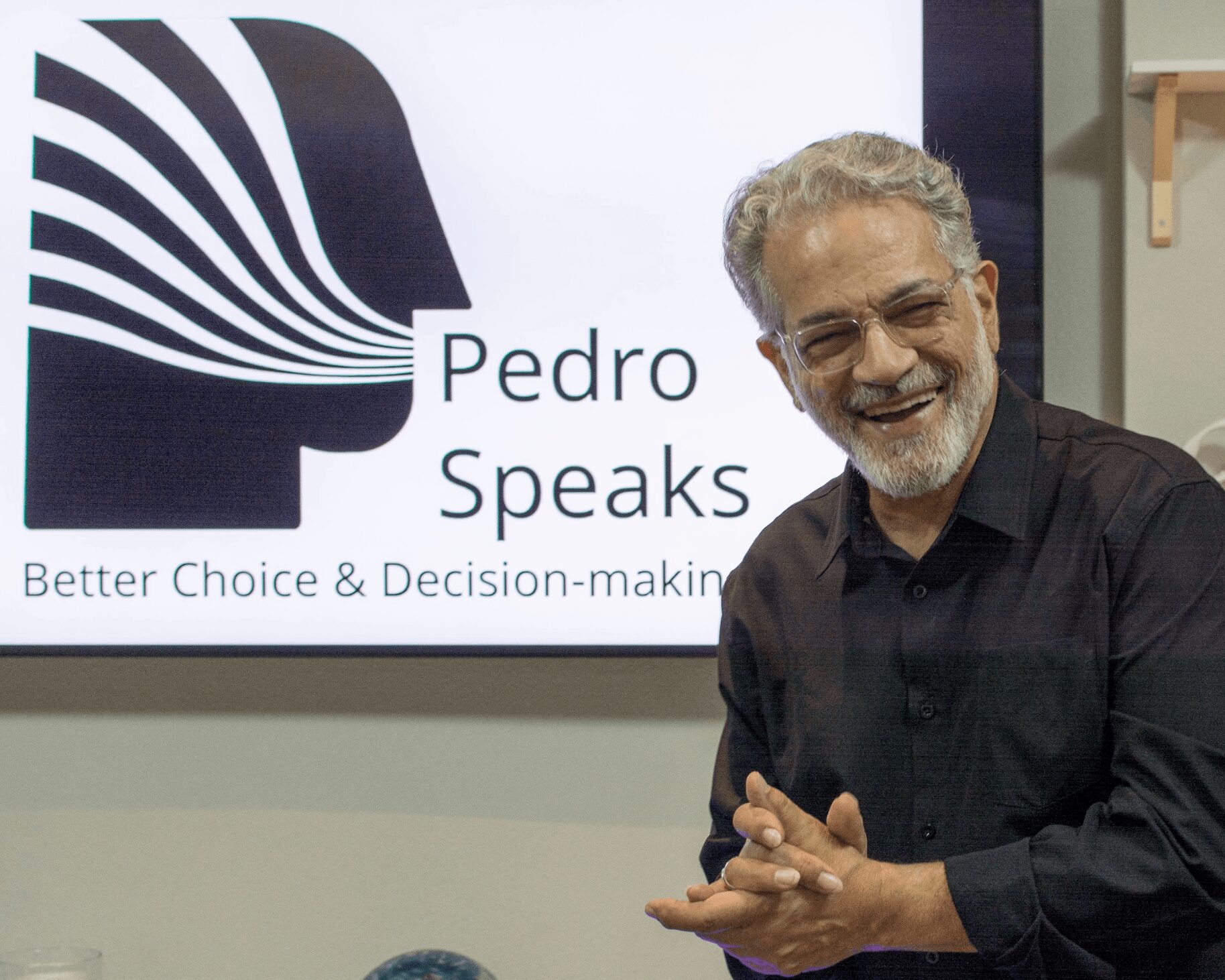

Today we’d like to introduce you to Pedro Correa.
Hi Pedro, so excited to have you with us today. What can you tell us about your story?
Pedro Correa’s Story:
From Rio to Choice Architecture: The Science of Selling the Nearly Impossible
**Pedro**, born in Rio de Janeiro in 1954, carrying his family’s Amazon DNA, discovered his gift for teaching complex concepts while still in high school, serving as a Physics Lab Assistant. This early aptitude for breaking down complexity would become his secret weapon in a career spanning four decades of selling “nearly-impossible,” innovative IT solutions to skeptical global markets.
## The Academic Foundation
After studying Metallurgical Engineering and Geology in Brazil, Pedro landed at the University of Tulsa, where he faced an ultimatum: excel or exit. Not only did he graduate with honors, but he simultaneously taught Structural Geology while working on his MSc—ranking in the top 2% of all university instructors. This dual role—educator by morning, student by night—established a pattern that would define his career: mastering complexity while making it accessible to others.
When the oil crisis hit in the 1980s, Pedro pivoted to IT instruction at Texas Institute, becoming Teaching Operations Director and designing cutting-edge programming courses. His C Programming curriculum was so effective that IBM employees attended his evening classes—one of whom recruited him directly to IBM’s Royal Tech Center.
## The Corporate Teaching Years
At IBM, Pedro didn’t just manage project dependencies, he revolutionized how teams understood and shared system complexity, winning awards for his UML-driven Risk Assessment framework. But his real breakthrough came at Texas Instruments as Distributors Sales and Marketing Manager for Latin America, where he faced his greatest challenge: training nine international distributors to sell automatic code-development tools—revolutionary technology that prospects found “too advanced” and “too risky.”
The problem? How do you sell bleeding-edge IT solutions to financial institutions and utilities that are naturally risk-averse, especially when the sellers are thousands of miles away in faraway markets controlled by people you don’t know or trust?
Pedro’s solution: transform distributors into choice architect educators, not salespeople. By teaching them to guide prospects through their specific decision context (a.k.a. architecture) rather than push product features, he achieved remarkable success with global clients including Coca-Cola, Banamex, and Bradesco Bank.
## Scaling the Formula
At EDS, Pedro’s methodology reached enterprise scale. As CTO for Latin America, he enabled 680 IT professionals across seven countries to sell complex software development services to a “very skeptical, risk-averse and highly suspicious international prospects.” The challenge was identical to today’s AI landscape: too many unknowns, too much complexity, and prospects overwhelmed by an infinite set of fragmented alternatives with functional overlaps and operational redundancies.
His approach worked. EDS won five of seven major service packages of a global GM bid, and Pedro was designated “Key Employee” by GM/GMAC while upgrading software factories to Regional Centers of Excellence (CoE) enabling new revenue streams across all LATAM IT service delivery centers.
## The Paradigm Shift
In 2004, a life-threatening carjacking attempt in São Paulo’s largest favela taught Pedro his most valuable lesson. Survival came not from confrontation or persuasion, but from *assisting* the carjackers with their practical problems—helping them optimize the outcome of their decision-making process rather than opposing their choices.
This experience crystallized into his current methodology: the non-confrontational, truth-driven approach to choice and decision optimization. Instead of convincing prospects to buy, he guides them to make optimal decisions with boosts of new scientific knowledge and by reducing cognitive friction that fuels decision paralysis.
## Today’s Application
After “retiring” in 2023, Pedro launched PedroSpeaks.com, where he applies decades of international sales experience plus cutting-edge behavioral, neuroscience and social psychology research to help sellers navigate today’s hyper-complex market. Whether it’s AI solutions, fintech platforms, or enterprise software, the challenges remain identical to those he mastered in the 1990s: prospects paralyzed by indecision, suspicious of claims they can’t verify, and overwhelmed by technical complexity.
The difference now? Pedro has the scientific backing. Drawing from Kahneman, Thaler, Eric Johnson, and Lisa Feldman Barrett’s research, he’s built Choice and Decision-Making Architecture frameworks that transform how complex B2B sales actually happen.
When he’s not consulting on sales enablement or developing AI-enhanced decision optimization frameworks, you’ll find Pedro serenading couples as a Brazilian jazz guitarist-gondolier on Lake Carolyn, in Irving, Texas—still teaching people to make beautiful choices, one song at a time.
—
*Pedro specializes in Optimization of Choice and Decision-Making for complex B2B sales. His frameworks help sales teams cut through market indecision and close deals with prospects who are too overwhelmed by the complexity of today’s infinite alternatives.*
I’m sure it wasn’t obstacle-free, but would you say the journey has been fairly smooth so far?
Cultural extrication followed by inculcation was a struggle for the first 7 years.
Not only the language clarity and social protocols but being able to understand “americana” enough to laugh at MASH and BBT TV shows with all native-speaking friends, to understand nuanced poetry and archaic English grammar. Those were struggles worth battling.
Another initial challenge was to prove wrong all pre-judgemental labels toward Latinos. I had to be punctual, carefully educated and display socially-accepted behavior 1000% of the time. Saying what I did and doing what I said turned out to be a skill for which I was later singled out in “rubber-meets-the-road” situations.
More than obstacles and challenges, in hindsight I feel I had more people who offered shortcuts, facilitation, solutions and life-saving and job-saving advices. They gave me strength and grit to move on.
Alright, so let’s switch gears a bit and talk business. What should we know about your work?
Currently, in addition to working as a Brazilian Jazz Guitar player and singer at Gondola Adventures Inc in Irving, Texas, I’ve also been working on digital products to teach people how to optimize the outcome of their choices and decisions. So, I review recent scientific content (papers and books) on choice and decision-making research, under different contexts and situations, in order to curate insights that might be applicable to address obstacles and perceptions that might impede this optimization.
I’ve been doing this since 2001 when I studied Economic Psychology and Behavioral Economics and became surprise to see how much knowledge, obtained from formal academic research, remains unused, locked in the academy world without ever seeing the light of reality. As a father of 4 daughters in the career-choosing phase of their lives, I wanted to help them to make the best choice… As a LATAM manager, I wanted to help my distributors’ staff to sell and support these innovative IT products and services to local and international clients, many of whom had never consumed this type of services from Latin America. These conditions taught me how to sell very innovative and hard-to-believe IT to extremely skeptical and indecisive prospects.
So, little by little, studying and testing insights from different research domains, fine-tunning them to different situations, I was able to (1) build consensus among many conflicting stakeholders; (2) mentor many young professionals who became successful leaders throughout the world; (3) was awarded many prizes for enabling my distributors to out-of-chart performance and (4) was able to guide my 4 daughters successfully: one PhD in Chemistry in UTA, two MSc in Economics (Norway and Germany) and the little one currently starting her masters in neuropsychology (Brazil). So, my girls make me prouder and happier than anything else I’ve done! Therefore, after decades, I kind of became known for my ability to simplify complexity, my precise trilingual communications, personable leadership during large scale organizational changes, calm demeanor during crisis, international liaison negotiations and IT personnel guidance style.
My current specialization is, therefore, as a Choice Architect, applying Behavioral Sciences, Social Psychology and Neurosciences to optimize the outcome of choices and decisions in different situations such as: selling complexity to indecisive, skeptical prospects, guiding international relationships surrounding implementation of innovation and teaching different audiences how to optimize their choice/decision chains.
Is there anyone you’d like to thank or give credit to?
So many people along the way deserve credit.
From my grandma, who was my de facto mother and made me survive the harshness of Rio’s Carnival with chamomile tea and ginger orange juice, through maids and cooks who hid me from punishment and kept a piece of the desserts I like to surprise me later. My two sisters-cousins who taught me to respect, love and collaborate with women, in hindsight, a skill who played a key role in my international leadership success…
From friends there who saved me when I nearly drowned in a body-surfing incident, who encouraged me to migrate and helped me studying for the TOEFL exam, to a girlfriend who clearly established: “I only let you touch my breasts if you play that song I like on the guitar” which sprang my love for women, music and the guitar as an instrument (I’ve studied up to Adv. Harmony and don’t see how to be sane without it! 😉 And a Chilean girlfriend from TU, who took time to teach me tricky differences between the Brazilian Portuguese and the Spanish spoken throughout LATAM.
From friends here, who edited and typed my homework deliverables while explaining “americana” and playing the best of rock and roll so I don’t degrade my musical heritage, to those special students who later became friends and who dared correcting my English compositions or my writings on the blackboard (after a while, I incentivized these corrections and started to give points to those who corrected my English). All these deserve a lot of credit for my communication skills.
From teachers who pumped hope and energy in me when death came too close… Specially one, from Tulsa University who told me: “if you want to stand out as a Latino professional in this country, I strongly suggest you to learn how to read and write excellently in the English language once that Americans don’t do it well and immigrants do it worse.” To other who taught me: (a) I might be distracted and dump, but I’m not blind! (b) Snake that doesn’t move catches no frog! and (c) If I can simplify, why complicate? ;-)) I still remember and apply these values when the situation calls for it.
From working friends/peers who taught me system programming of supercomputers (CRAY), from 10pm – 2am while everybody slept, and made me believe I could! To friends, from all over the world – from Chile to Thailand, from Canada to Australia, from Norway to India – people I cherish and who have given me the pleasure of their friendship up to today.
Contact Info:
- Website: https://www.pedrospeaks.com
- LinkedIn: https://www.linkedin.com/in/pedrocorrea
- Twitter: @PedroSpeaksX
